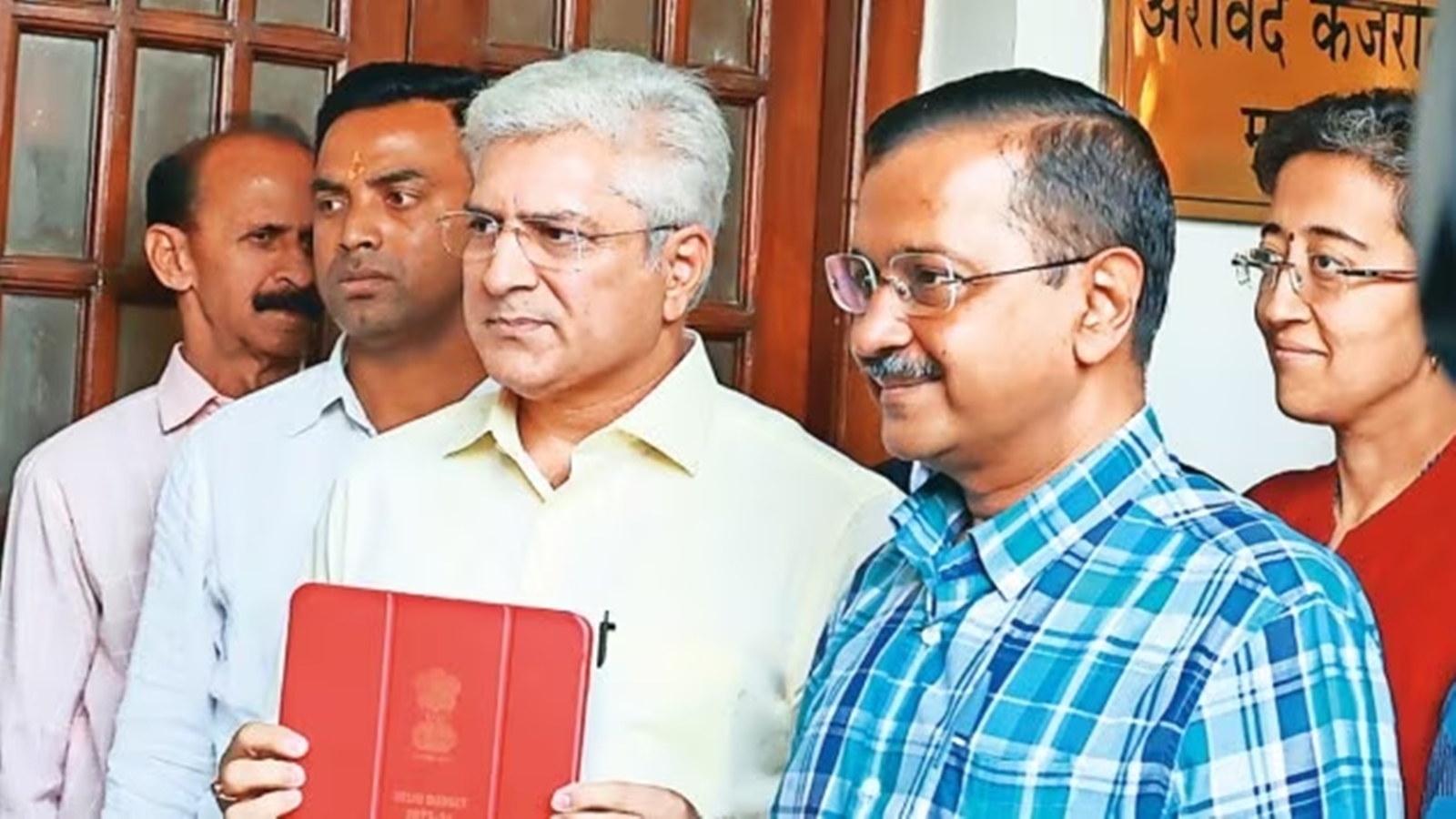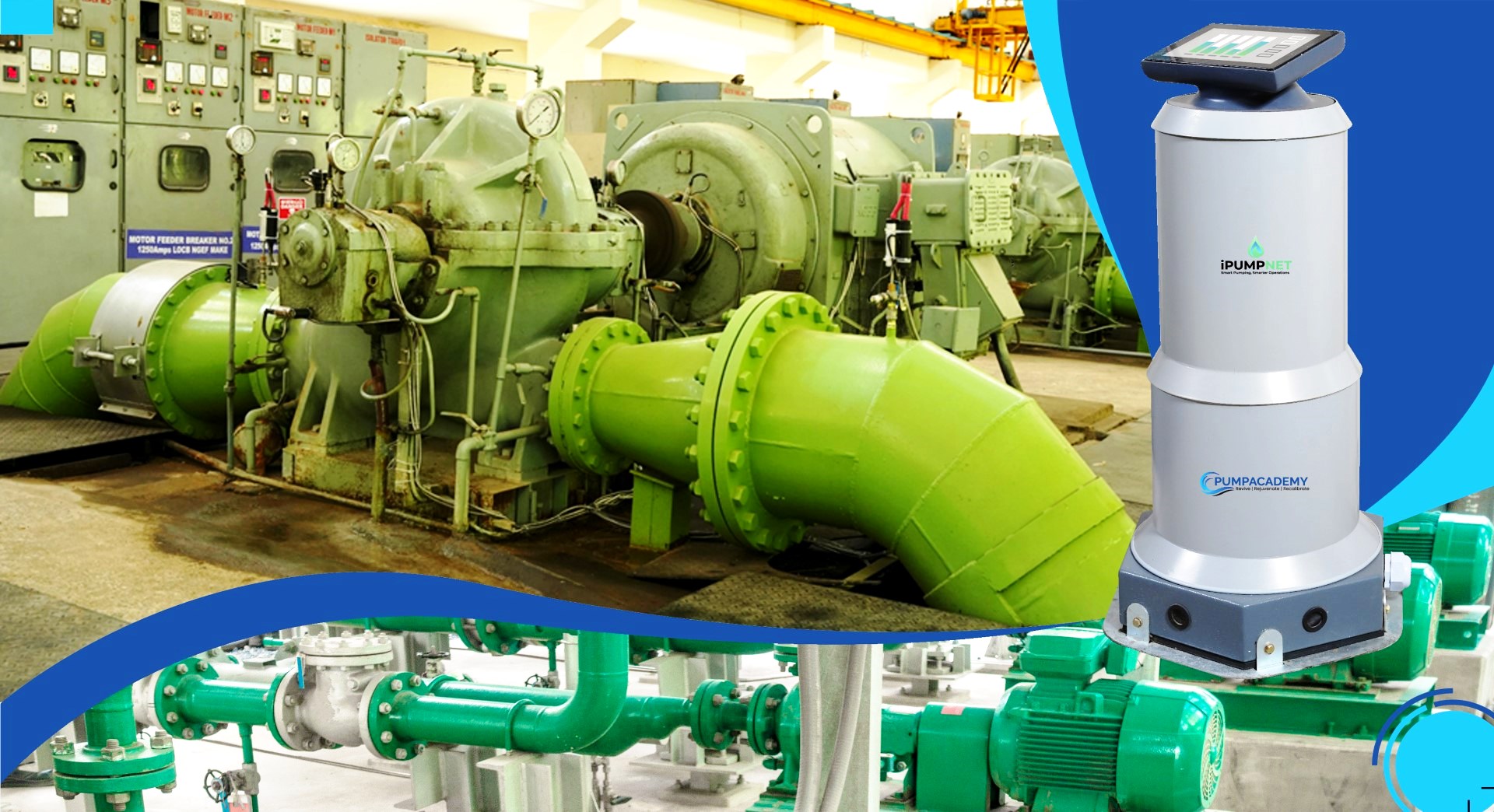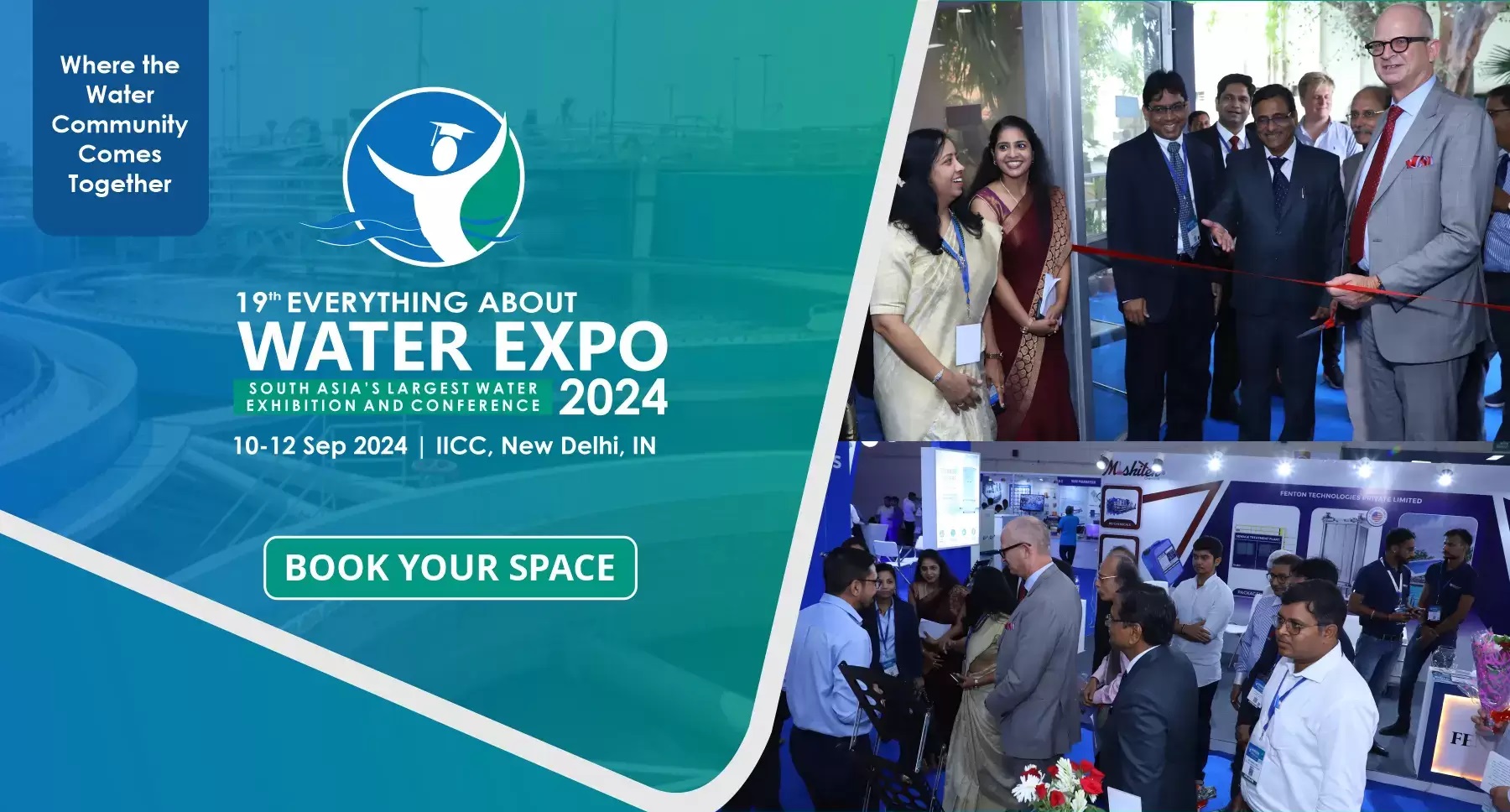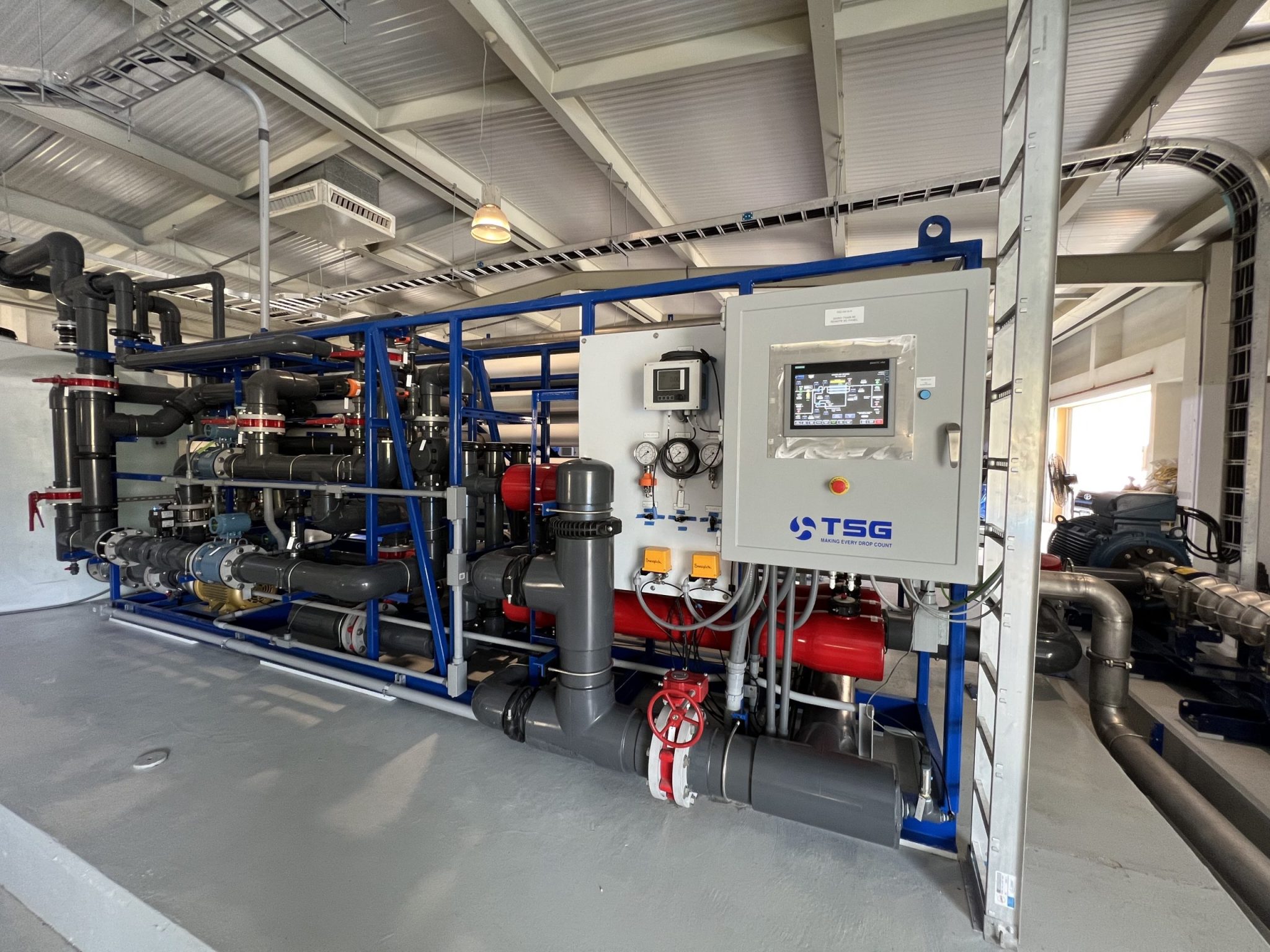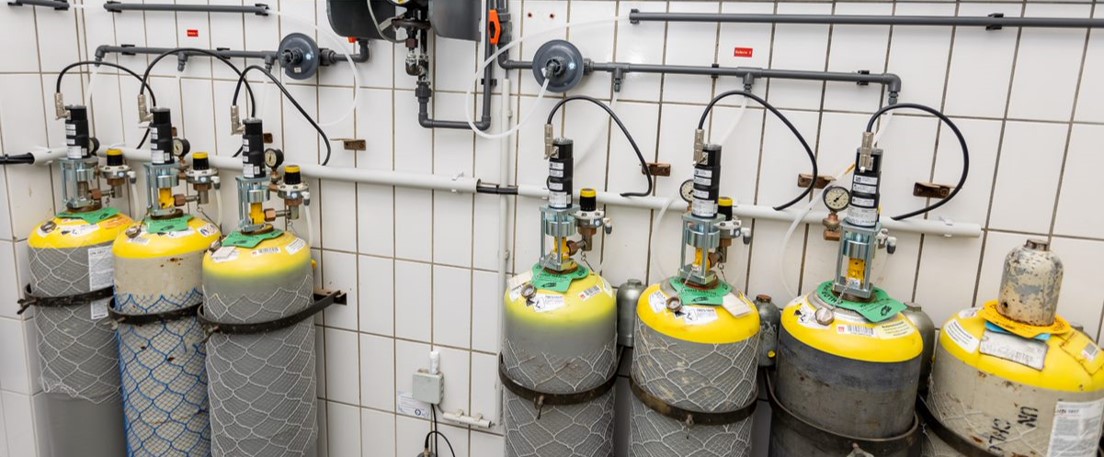With the Assembly polls scheduled in 2025, the Delhi Government’s budget this year is likely to be focused on tackling water issues across the city, sources said. These issues will include cleaning of the Yamuna, 24-hour water supply, water generation, sewage treatment, sewer network connection, water overflow meter, and water pollution, among others. Delhi Chief Minister Arvind Kejriwal, during the 2020 Assembly polls, had said that river Yamuna will be cleaned by 2025 and that he will take a dip in it before the next assembly polls. L-G VK Saxena who…
Read MoreAuthor: eawater
Challenges and Future Trends for Water Management in Cities
By Vishal Kotadiya, V.P. Program Management, CIMCON Digital Introduction:The concept of smart cities has ignited a technological revolution, promising more efficient urban living, enhanced sustainability, and improved quality of life. One of the most critical aspects of building these cities of the future trends for water management. As urban populations grow and the threat of water scarcity looms, addressing water-related challenges becomes paramount. In this article, we will delve into the challenges faced by smart cities in water management and speculate on future trends in digital water technology. We will…
Read MoreRevolutionizing Urban Water Management: The Power of Sensor Integration and Real-Time Monitoring
By Gaurav Garg, Smart Water Specialist, CIMCON Software India PVT. LTD The Importance of Urban Water Management Urban water management is a critical aspect of sustainable development in modern cities. The growing urban population and increasing demand for water resources have put immense pressure on existing water infrastructure. The effective management of water resources in urban areas is essential for ensuring a continuous and reliable water supply for residents, businesses, and industries. Additionally, efficient water management is crucial for environmental sustainability and public health. With the rising challenges posed by…
Read MoreiPUMPNET : Unveiled by IT & BT Minister of Karnataka
Mr. Priyank Kharge, Hon’ble IT and BT Minister, Govt. of Karnataka unveiled the iPUMPNET, an IIoT-enabled digital solution developed by Pump Academy Private Limited during the 26th edition of the Bengaluru Tech Summit on 30th November 2023. As per the program, The Karnataka government unveiled 35 “ground-breaking” products and solutions developed by start-ups from various sectors including IT, Agri-Tech, Med-Tech, Healthcare, Clean-Tech, Artificial Intelligence (AI), Deep Tech, Blockchain, Cyber security and Environment Tech. The iPUMPNET that empowers water utilities and industries with advanced technology driven solutions was also unveiled as…
Read MoreEverythingAboutWater’s 19th Expo & Conclave: The Future of Water Management Unveiled!
New Delhi, November 18th, 2023 – EverythingAboutWater is thrilled to announce the return of its flagship event, the ’19th EverythingAboutWater Expo and Conclave 2024,’ set to take place from the 10th to 12th of September 2024. The event will be held at Hall No. 2C, IICC, Dwarka, New Delhi. After a two-year hiatus due to the pandemic, this 19th Water Expo and Conclave marks a triumphant return to physical gatherings. It’s a highly anticipated event in the industry, following the success of the last expo in 2023 at Pragati Maidan,…
Read MoreSmart Wastewater Solutions: Tackling India’s Water Scarcity with IoT, AI, and Digital Transformation
By Dhruv Krishna, Jal Jeevan Mission In today’s water industry, the energy and enthusiasm are palpable, with industry veterans and domain experts providing solutions on an unprecedented scale. The key challenge is to maintain execution quality because water is a critical utility that demands round-the-clock attention. India’s water industry is on an exponential growth path, with vast opportunities in untapped areas to manage this dwindling resource for its vast population. As 4G/5G networks continue to expand across the country, alongside improved accessibility through the development of road networks, the implementation…
Read MoreLos Cabos, Mexico: TSG Water Completes Landmark BiTurbo Project
FEDCO is excited to announce the successful completion of a 1.4 million gallon per day (5,400 m3/d) BiTurboTM installation in Cabo San Lucas, Mexico. The project was carried out in partnership with TSG. Water Resources and H2O Innovation and marks the largest BiTurboTM high-recovery SWRO system commissioned to date in the Western Hemisphere. The facility will provide water for the area’s tourism industry without impacting local freshwater resources. TSG Water Resources selected the BiTurboTM high-recovery seawater reverse osmosis (SWRO) technology in order to expand the production capacity of the site…
Read MoreEmergency Shut-off Drive (ESD) for Chlorine Gas Containers Safety
Taking Control of Chlorine Gas Containers Safety Potentially hazardous releases due to chlorine gas leaks have been a crucial social issue in India, with many major cases reported from the water treatment plant (WTP). Chlorine gas is one of the highly toxic gases, when brought into human contact which will lead to severe complications. And when bought in contact with the environment it can easily pollute and directly enter the human respiratory system. It is important that an adequate emergency response (ERP) with safety and industrial hygiene resources are set…
Read MoreTIWW 2023 Returns with a Larger Scale and Wider Reach Apply to Exhibit Now as Booth Space Is Limited!
Taiwan International Water Week (TIWW 2023), hosted by Taiwan External Trade Development Council, TAITRA, will open at Taipei World Trade Center Hall 1 from September 20th to 22nd, 2023. The exhibition is Taiwan’s foremost B2B water tradeshow, displaying total solutions and applications of water transportation, storage, reclamation, purification, management, recycling, engineering and infrastructure. TIWW is still accepting booth space application, and the space is limited! Join now and become an active participant in the booming water resources market in Asia. According to the Climate Change 2023 report by the Intergovernmental…
Read MorePlanet Earth: Rethink. Revive. Restore.
Tariq Siddiqui, Chief Strategist, TS Advisory Services World Environment Day serves as a powerful reminder for us to reflect on our actions and their impact on the environment. It is a global awareness initiative held annually since 5the June 1973, led by the United Nations Environment Programme (UNEP). It aims to raise awareness and mobilize individuals, communities, businesses and governments to take responsibility, take action and work towards a more sustainable and resilient future for all. It serves as a reminder of the urgent need to address the environmental challenges…
Read More

